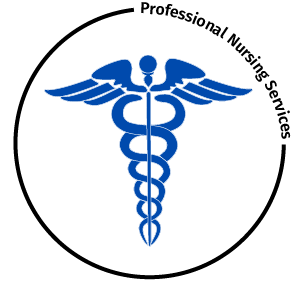Leukocytes, white blood cells, are one of the three cellular components of the blood. The white blood cells can be further broken down into two groups. One group is the granular leukocytes, are non-granular leukocytes which consist of the monocytes and lymphocytes.
Neutrophils are present in the bloodstream and act as out primary defense against bacterial infections through a process know as phagocytosis. In this process, the cells ingest the bacteria and other small unwanted particles.
The eosinophils are involved in our body’s allergic responses and the destruction of certain parasitic worms. Basophils function as part of the inflammatory response by bringing anticoagulant substances to inflamed tissues during an injury or infection.
Monocytes, one of the non-granular white blood cells, can leave the bloodstream to become part of the injured tissue in order to remove dead or injured cells. Finally, lymphocytes, which can be found in the lymph system and the bone marrow, participate in cellular immune response and humoral immune response.
The cellular immune response involves specific white blood cells know as T-cells. These T-cells protect the body from the following:
- Chronic bacterial infections (TB, Leprosy)
- Many viral infections (measles, chicken pox)
- Fungal infections (candidiasis)
- Parasitic infections (pneumocytis pneumonia)
- Transplanted or transferred cells (tissue transplants)
B-cells are involved with the humorally – medicated immune system. Through antibodies and immunoglobulin’s, these cells provide major immunity against the following:
- Bacteria that produce acute infections (streptococcus)
- Bacteria (tetanus, diphtheria)
- Viruses that enter the bloodstream (hepatitis)
- Organisms that enter the body from mucosal tissue (cold viruses, influenza)
Along with other values, a complete blood county with differentials (CBC with Diff) will give the complete white blood cell count along a with a complete break down of the different types.
Normal WBC count = 5,000 – 10,000 / mm3
Differential count = 100%
Neutrophils 55 – 70%
Eosinophils 1 – 4 %
Basophils 2 – 6 %
Monocytes 2 – 6 %
Lymphocytes 25 – 40%
